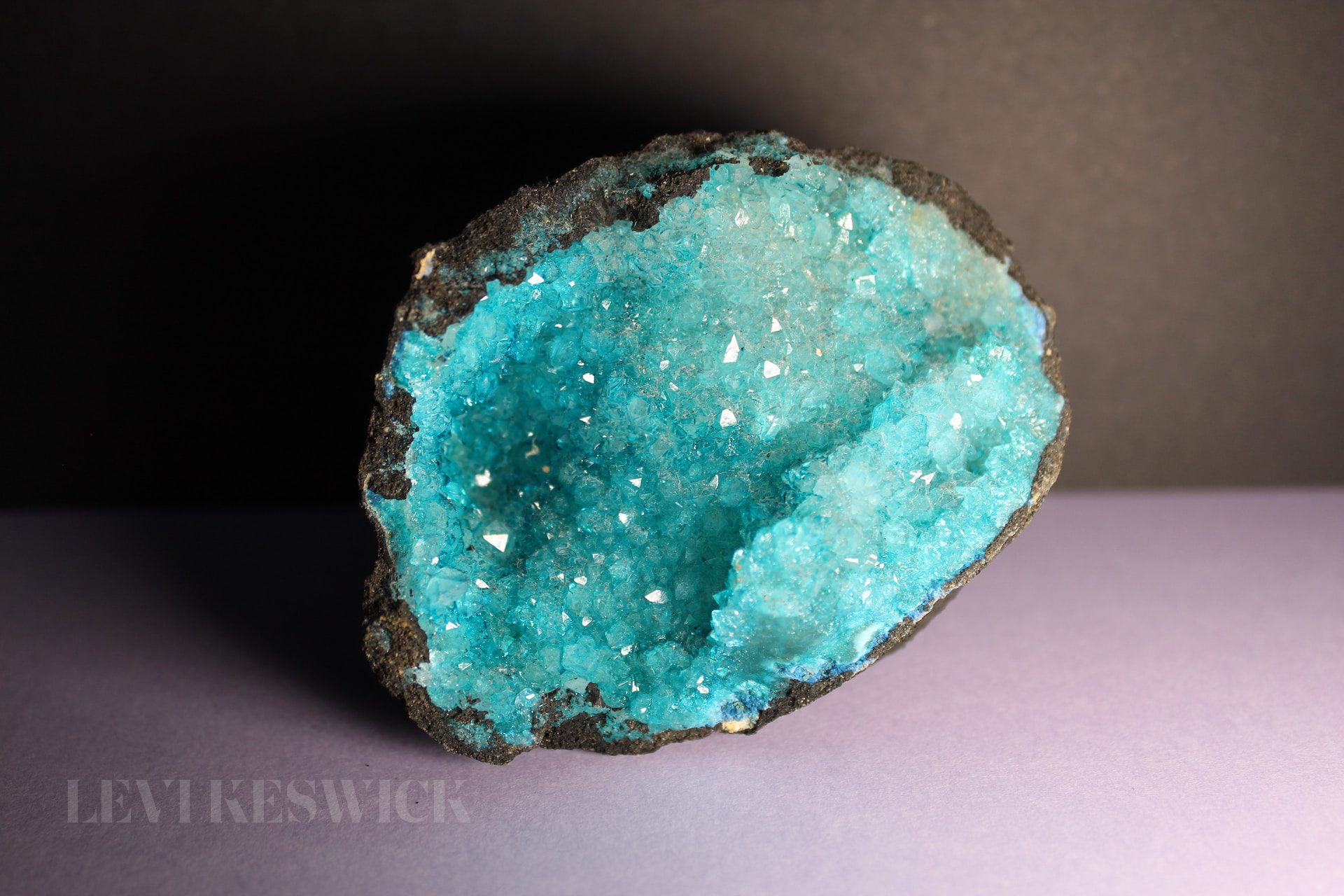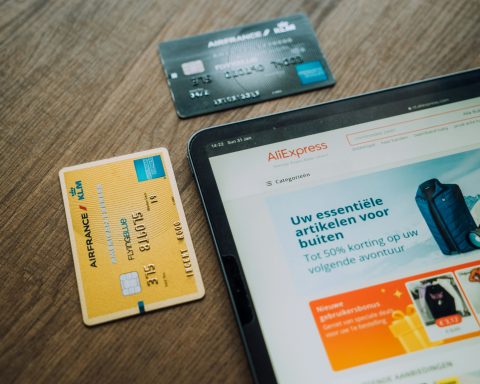Key Takeaways:
- The value of turquoise is determined by its weight and Turquoise Quality Index (TQI).
- TQI assesses the stone’s physical structure and its rarity, covering 8 indicators in total.
- The rarity and physical structure of turquoise contribute to its final TQI score, which plays a pivotal role in the stone’s worth.
- Turquoise valuation can fluctuate based on supply levels, market demands, and subjective assessments.
Understanding the Worth of Raw Turquoise
Determining how much raw turquoise is worth can be quite a conundrum for many turquoise enthusiasts. With factors such as weight, quality, and rarity coming into play, turquoise valuation can become complex. However, understanding these determining factors can help us better assess a stone’s true value.
Weighing the Value
In the realm of gemstones, weight plays a significant role in determining value, and turquoise is no exception. Measured in carats, where five carats equal one gram, heavier stones tend to hold more value. However, weight alone isn’t the sole determinant of a turquoise stone’s worth.
Unraveling the Turquoise Quality Index
The Turquoise Quality Index (TQI) quantifies the quality of a turquoise stone on a scale from 8 to 100. High-quality turquoise stones with TQI scores above 90 are quite rare, representing less than 1% of the market. The TQI score takes into consideration both the physical structure and the rarity of the stone.
Physical Structure: A Key Determinant
The physical structure of a turquoise stone, which contributes 55 points to the TQI, includes hardness, enhancement, composition, and cut. For instance, hardness, measured on the Mohs scale, represents a critical factor, with harder stones holding more value. The stone’s composition also plays a vital role, with a more granular or powdery stone indicating lower quality. Lastly, the enhancement and cut of the stone contribute to its TQI score and ultimately, its market value.
The Intrigue of Rarity
Rarity, contributing 45 points to the TQI score, encompasses factors such as the origin of the stone, color pattern, and size. For instance, turquoise formed from calcium-rich seashells near a copper vein in arid regions is extremely rare, boosting its value significantly. Moreover, unique colors and patterns, courtesy of impurities in the host stone, can further enhance the stone’s worth.
How Turquoise Valuation Fluctuates
Turquoise valuation is not set in stone (pun intended). Several factors can cause it to fluctuate, including market demands, supply levels, and even subjective assessments such as color preference and matrix patterns. Furthermore, enhancements, whether minimal like oiling and waxing or significant like the Zachery process, can influence the stone’s worth.
Appreciating the Value of Raw Turquoise
Ascertaining how much raw turquoise is worth goes beyond simple arithmetic. It demands a comprehensive understanding of the Turquoise Quality Index, the physical attributes of the stone, and its rarity. In an increasingly subjective market, the appreciation of raw turquoise becomes an art form, much like the stone itself.
So, the next time you find yourself marveling at a piece of turquoise, remember: it’s more than just a beautiful stone. It’s a testament to nature’s creativity, enhanced by human ingenuity. And understanding its worth only amplifies our appreciation of this stunning gemstone.







